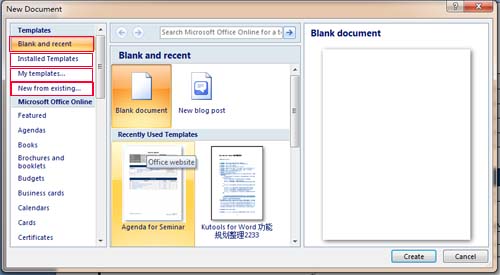
- #Install office 2007 and 2013 install#
- #Install office 2007 and 2013 full#
- #Install office 2007 and 2013 license#
Your command should end up looking something like this: \\fileserver\software\Office_2016\x86\setup.exe /adminfile \\fileserver\software\Office_2016\x86\Office_2016.MSP
#Install office 2007 and 2013 install#
To install Office 2016 using the MSP file, you’ll need to run setup.exe with the /adminfile switch. I usually like to put it in the root of the same folder as the installer. Once you’re done with your customization, click File and then Save and save your MSP file to the same network share where you’ve saved the Office 2016 installer. Removing previous Office installations when installing Office 2016 So, I usually configure all of the applications to be removed unless I need to leave certain applications installed on the client system. I’ve had some unexpected results in the past when using the Default Setup behavior. Here you can choose which previous versions of Office applications are uninstalled when Office 2016 is installed.

Next, go to the Remove Previous Installations section.
#Install office 2007 and 2013 license#
Setting the product key, license agreement, and display level for Office 2016 These options will give you a silent installation without a final confirmation. Leave the Completion notice check box cleared.

Last, set the display level to None and select the Suppress modal and No cancel check boxes. Select the I accept the terms in the License Agreement check box so that end users won’t see the license agreement when Office is installed. Most organizations with a licensing agreement will probably leave the default Use KMS client key option, but you can set a MAK key here if necessary. Next, go to the Licensing and User Interface section. Start by setting your organization name in the Install Location and Organization Name section. There are three main areas that you’ll definitely want to customize for your organization’s Office 2016 installation, at a minimum, inside the Setup section. When the OCT opens, leave the default Create a new Setup customization file for the following product option selected and click OK.Ĭreating a new Setup customization file for Office 2016 Next, you’ll need to open a command prompt and run setup.exe /admin to run the Office Customization Tool. (In this tutorial, we’ll be using the x86 installer in a folder of that same name, but the process is the same for the 圆4 installer.) When you’re prompted, overwrite the files that are in the destination folder.Ĭopying the updated admin folder to the Office 2016 install files

#Install office 2007 and 2013 full#
The network share and file permissions are configured so that Domain Computers have Read access and IT users have Full Control, but your permissions may vary based on your environment and software installation solution.Ĭopy the “admin” folder from the Office Customization Tool download into the folder where you’ve saved the Office 2016 install files. For my lab environment, I have a software file share on a file server, and I’ve created separate x86 and 圆4 folders inside my Office_2016 folder to store both installers. Extract both the ISO and the contents of the ADMX/OCT download.

To begin, you’ll need a copy of the Microsoft Office 2016 ISO image (Windows Installer version, not the App-V version), as well as the Office Customization Toolkit (which also includes the Office 2016 Administrative Templates).


 0 kommentar(er)
0 kommentar(er)
